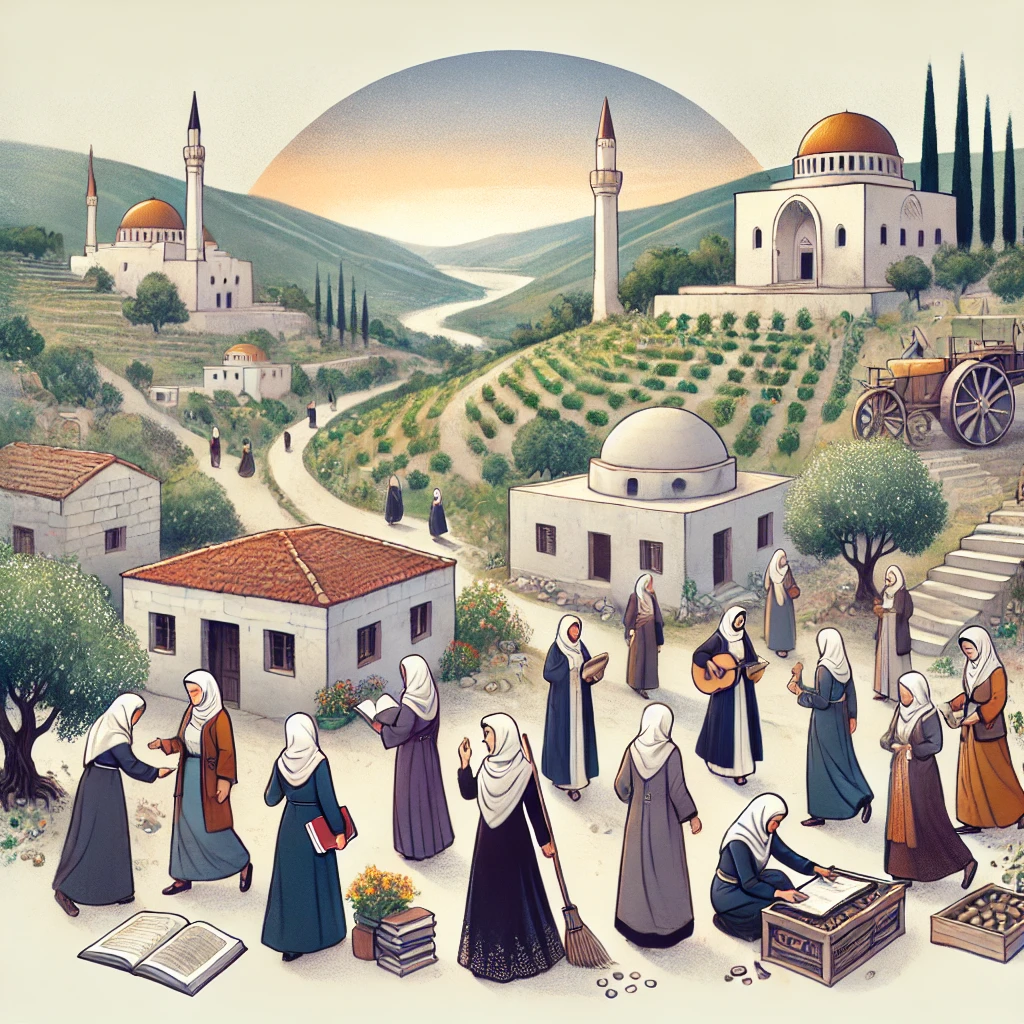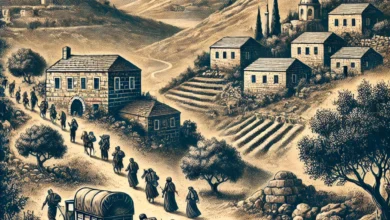Kassem Hejeij and the Misconceptions About Women in Jabal Amel

It is a common belief that women in Jabal Amel face oppression and domestic violence, and that feminist movements in the region are weak or nearly nonexistent due to cultural and religious conservatism. However, upon closer observation, the reality is quite different. Women in Jabal Amel hold roles as teachers, doctors, lawyers, judges, and university professors.
When asked about this belief, historian Kassem Hejeij explained:
“The notion that women in Jabal Amel are oppressed and backward is entirely inaccurate. The region has seen significant intellectual and social progress across all areas, especially in women’s rights and liberation from male dominance.
We must differentiate between religious commitment, which became prominent during the 1982 Israeli invasion, and the historical oppression of women. Women in Jabal Amel, like their counterparts in the Arab world, endured hardships during the Ottoman era. However, the religious awakening significantly contributed to their empowerment, which began as early as the mid-20th century.
The late Musa Al-Zain Sharara, in response to an article by Jurji Al-Baz published in Al-Hasna’ magazine in 1934 criticizing Jabal Amel’s men for oppressing their wives and daughters, wrote the following verses:
If another, O son of Baz, had addressed us,
With what you said, we would call him blasphemous.
You came demanding the education of girls,
Hoping to hear jewels from their words.
Ease your mind; Lebanon is not Jabal Amel,
We are greater than to magnify poetry.
What is for girls and learning in a land,
Where even boys might be veiled if possible?”
The Social and Economic Roots of Misconceptions
Hejeij added:
“Sharara attributed backwardness to a general state of marginalization imposed on the region’s people—both men and women. Poverty and ignorance were the root causes. In fact, if veiling boys were feasible at that time, it might have happened due to the prevalent conditions. Both genders were victims of the political, social, and economic circumstances of the era.”



